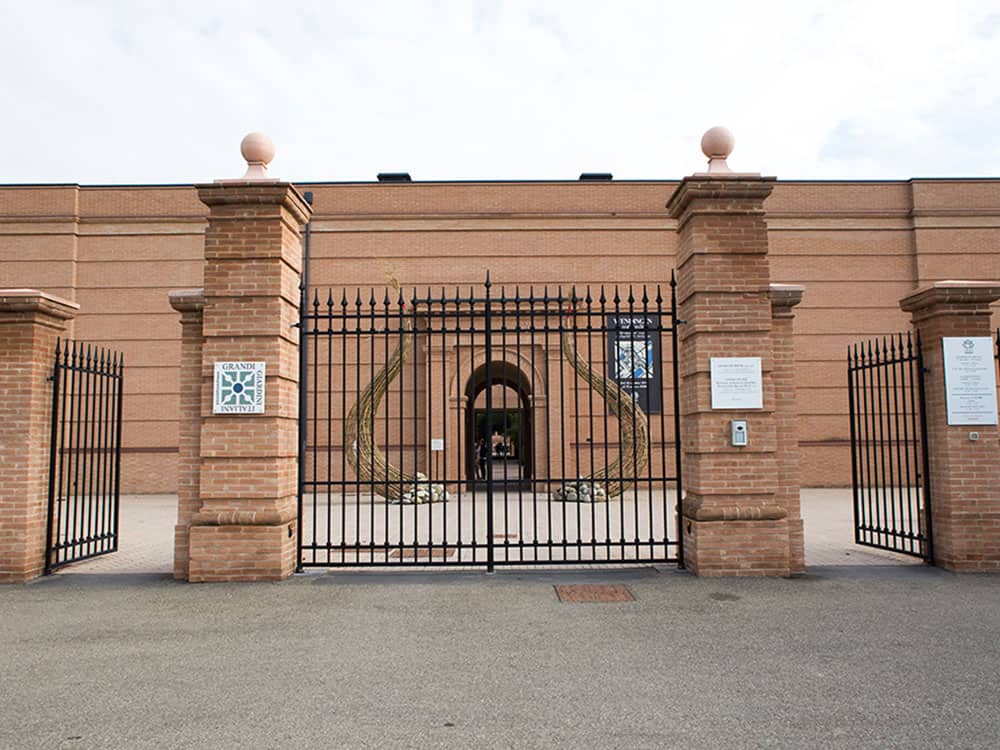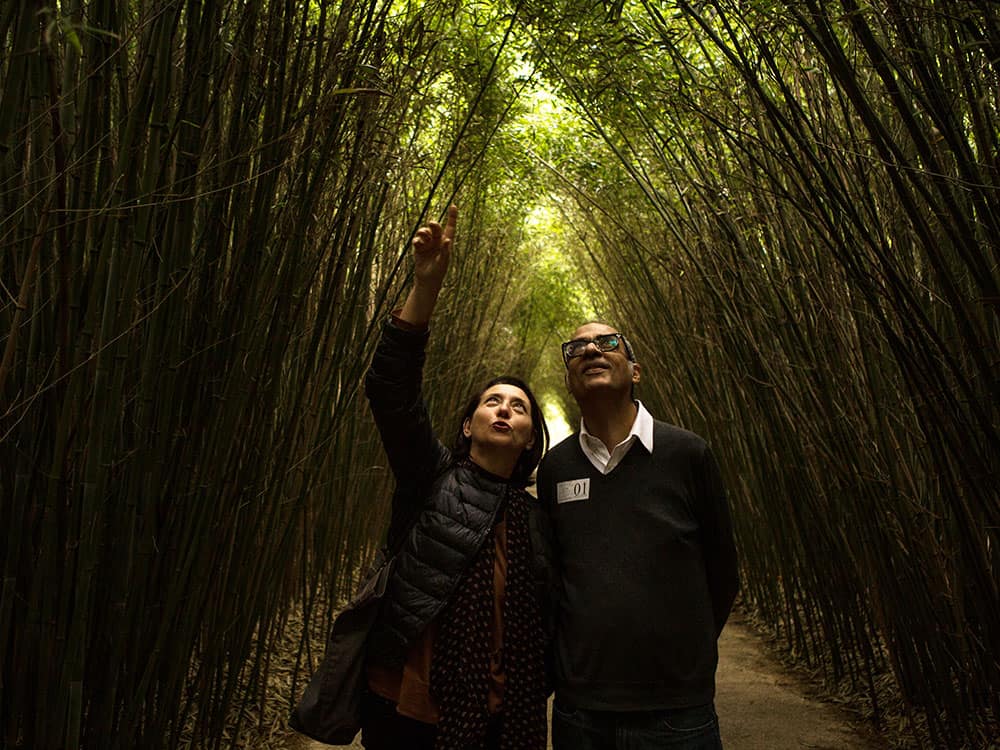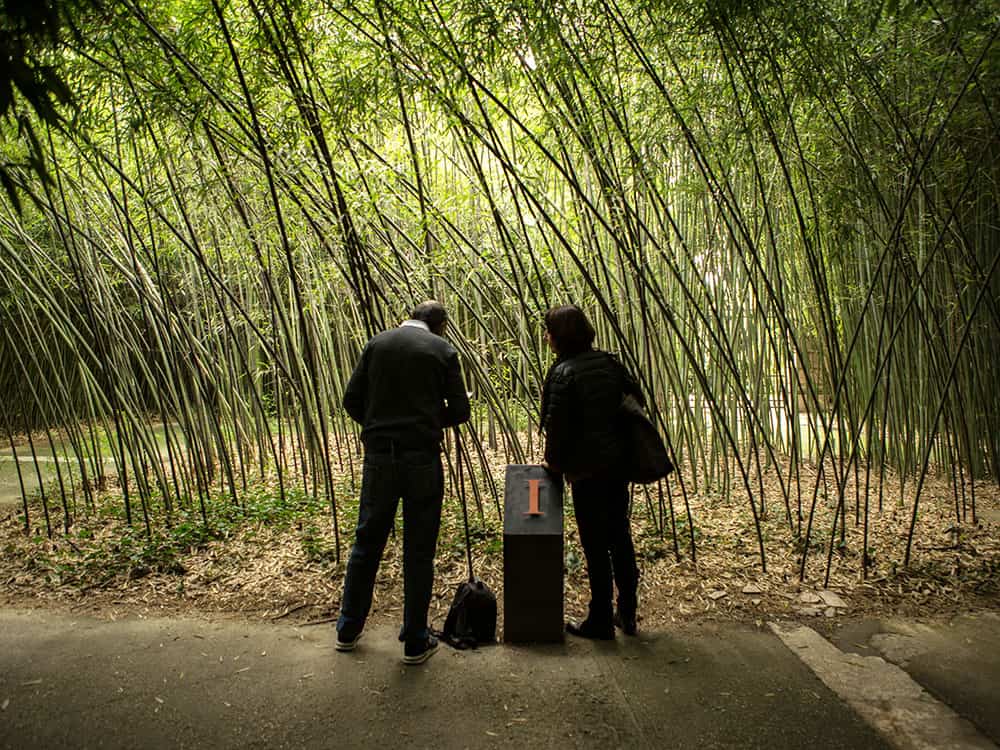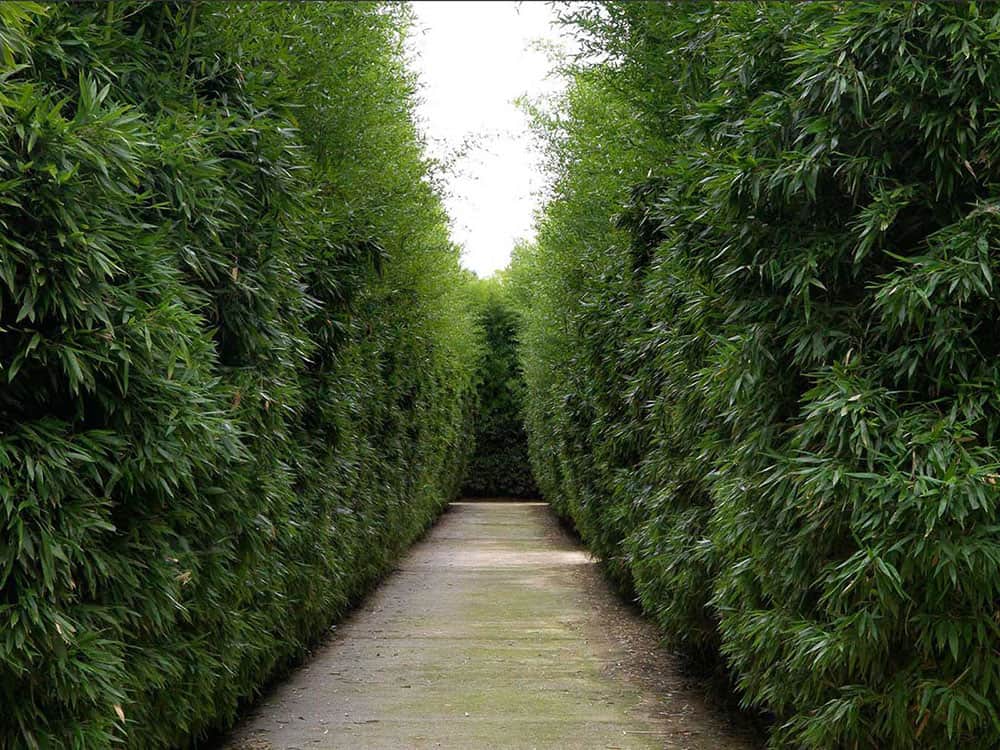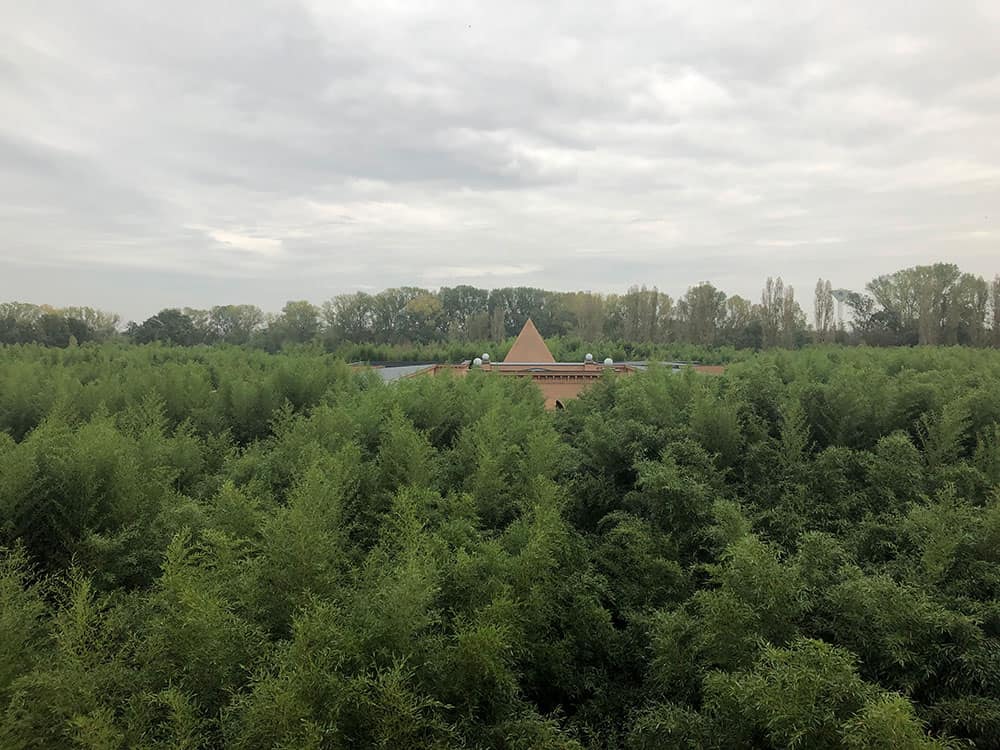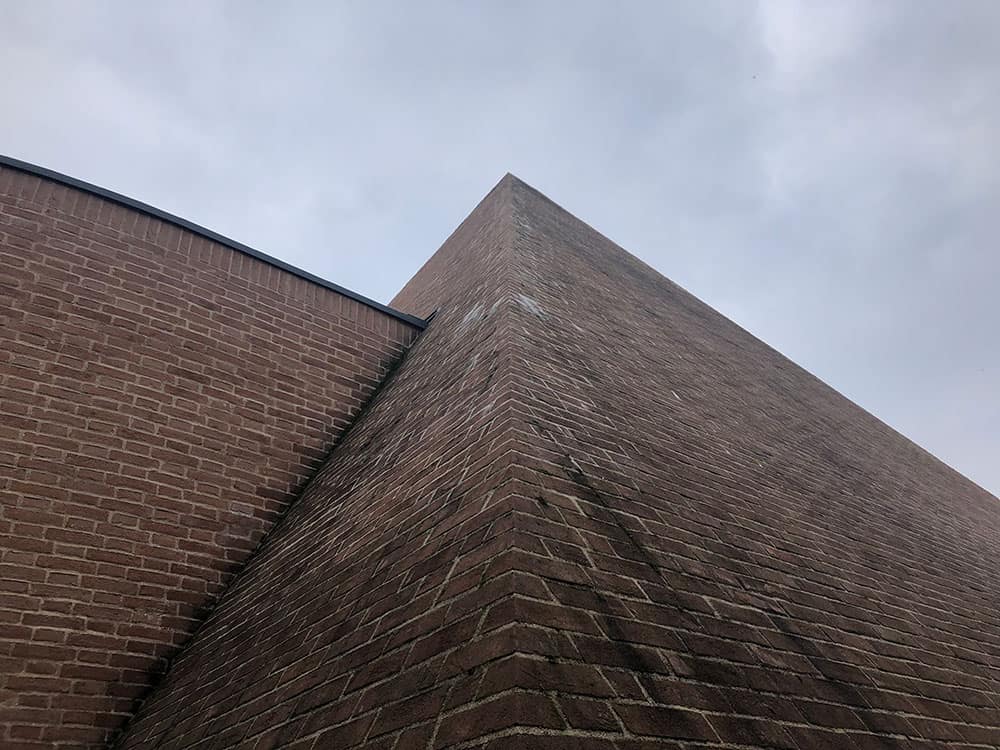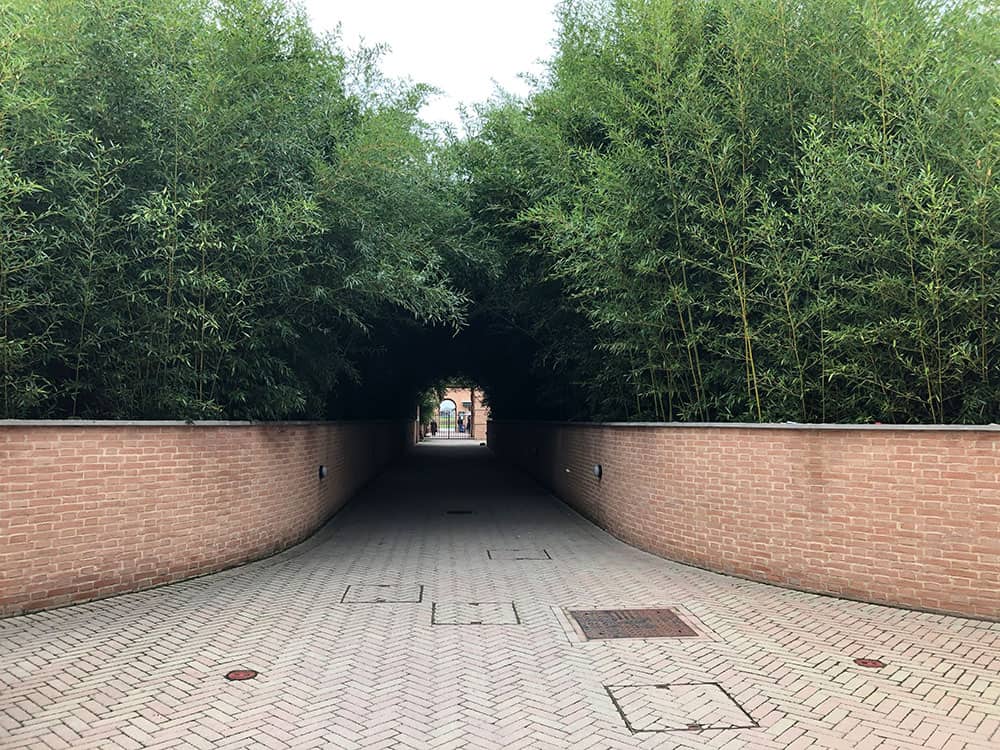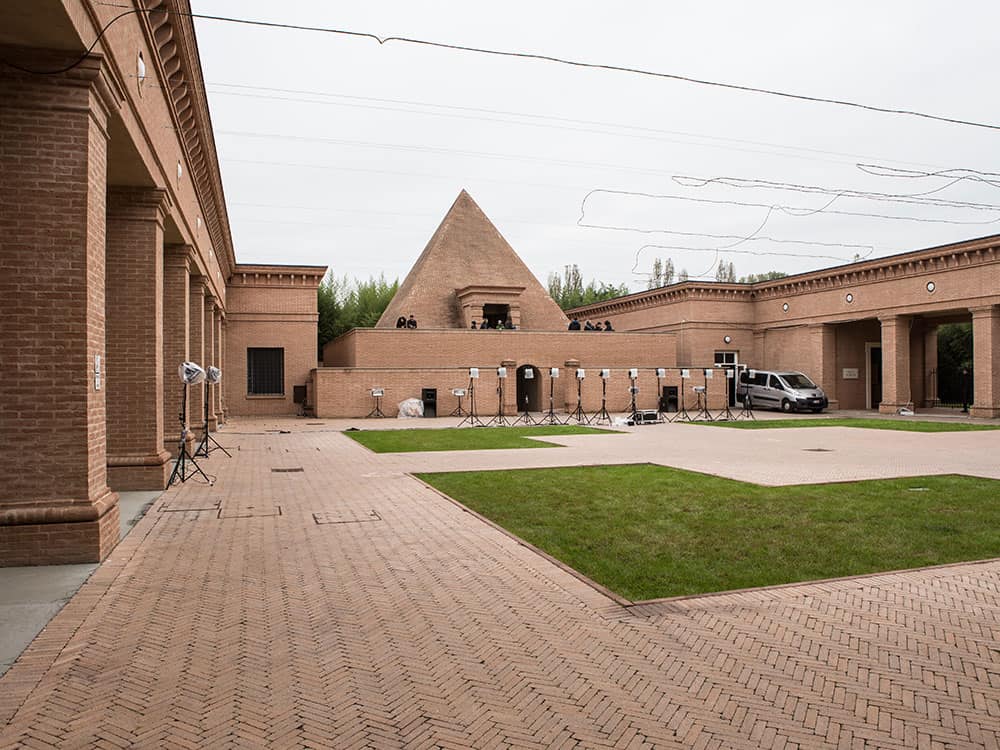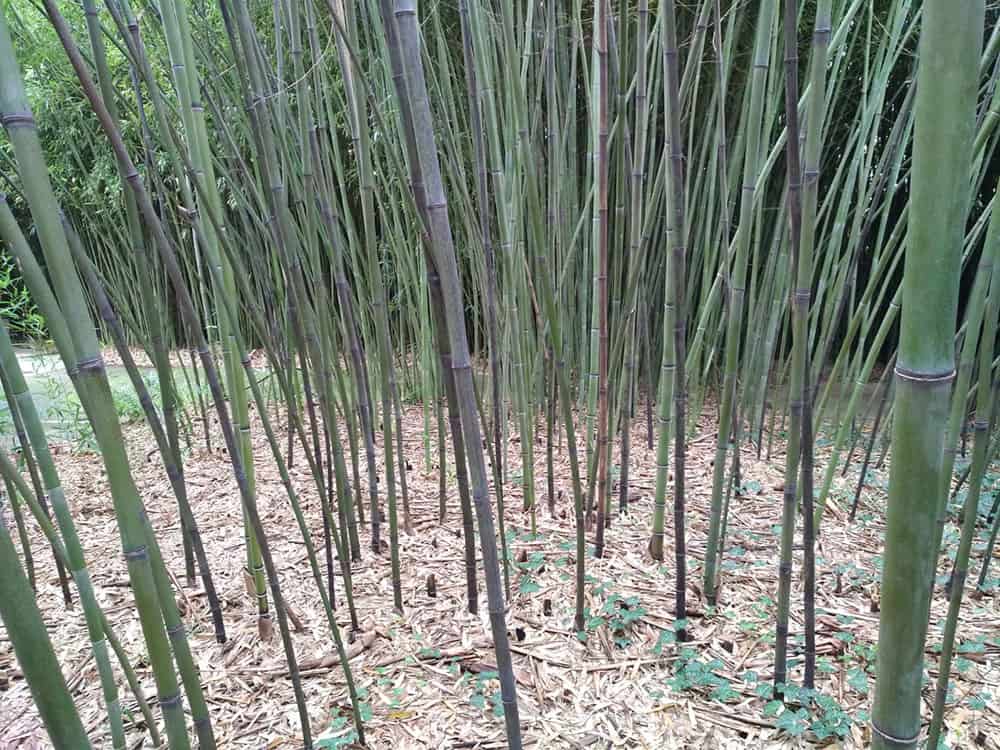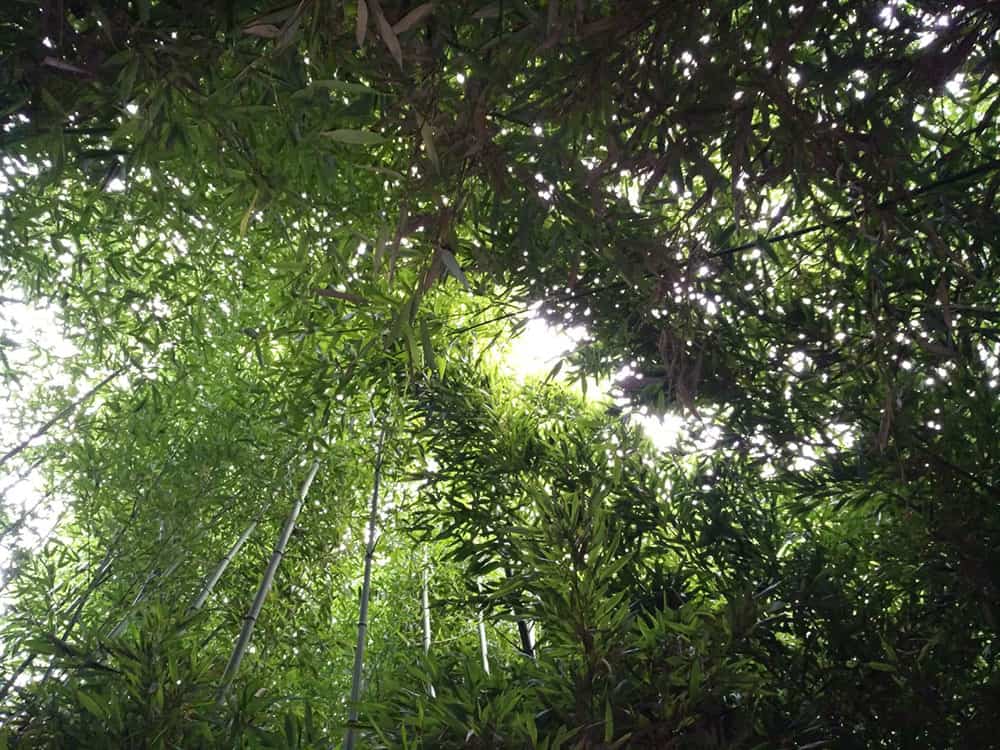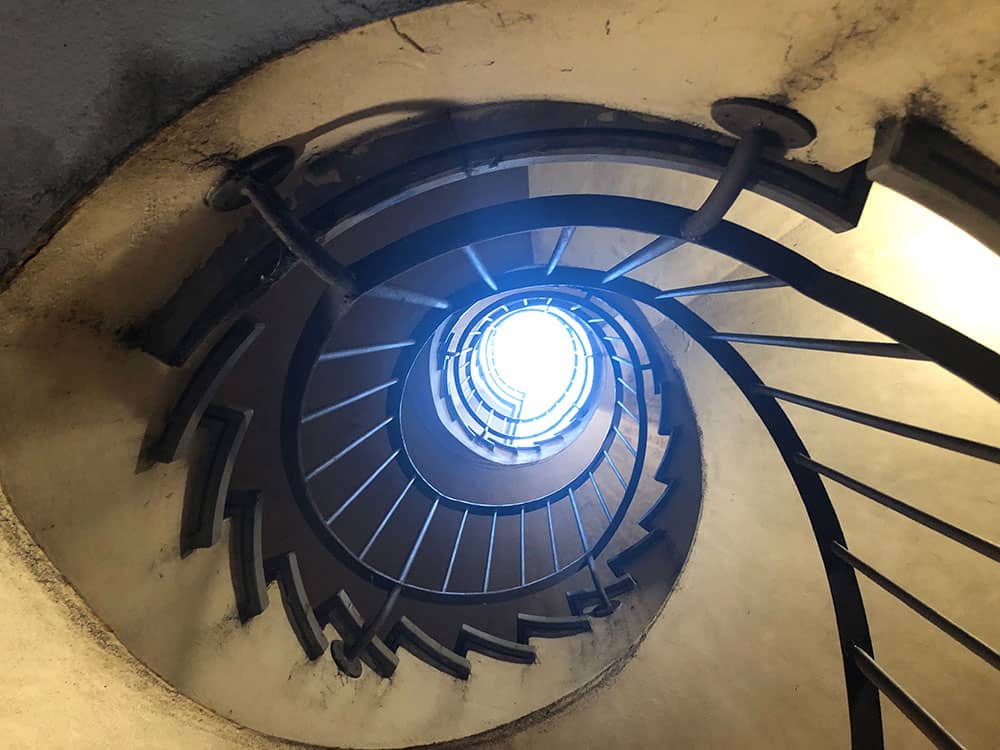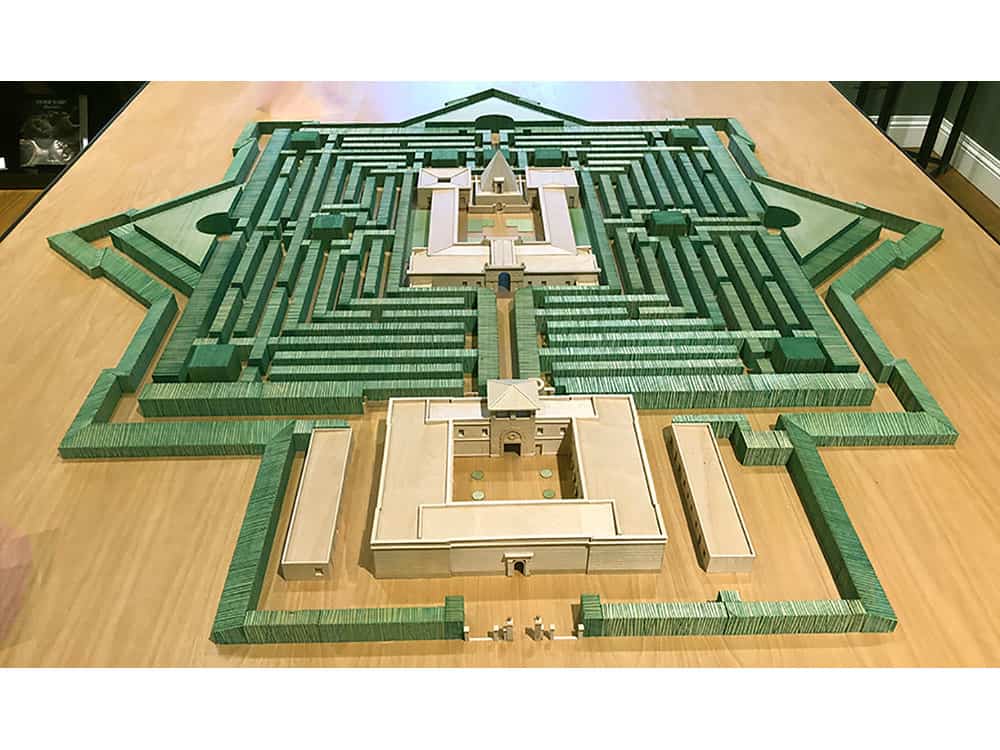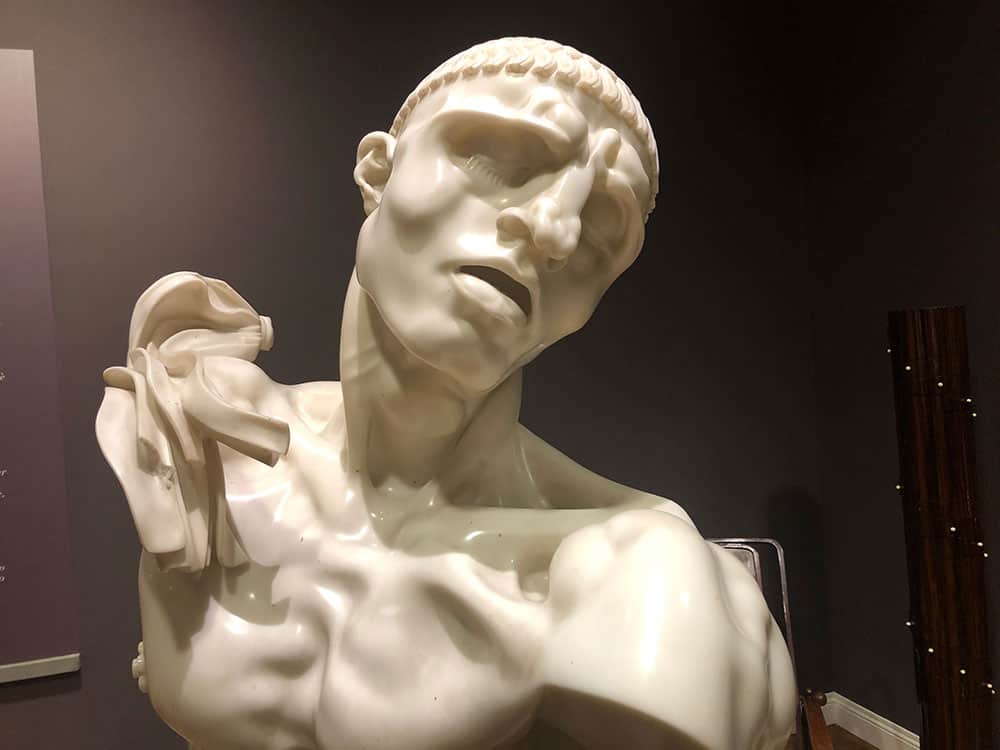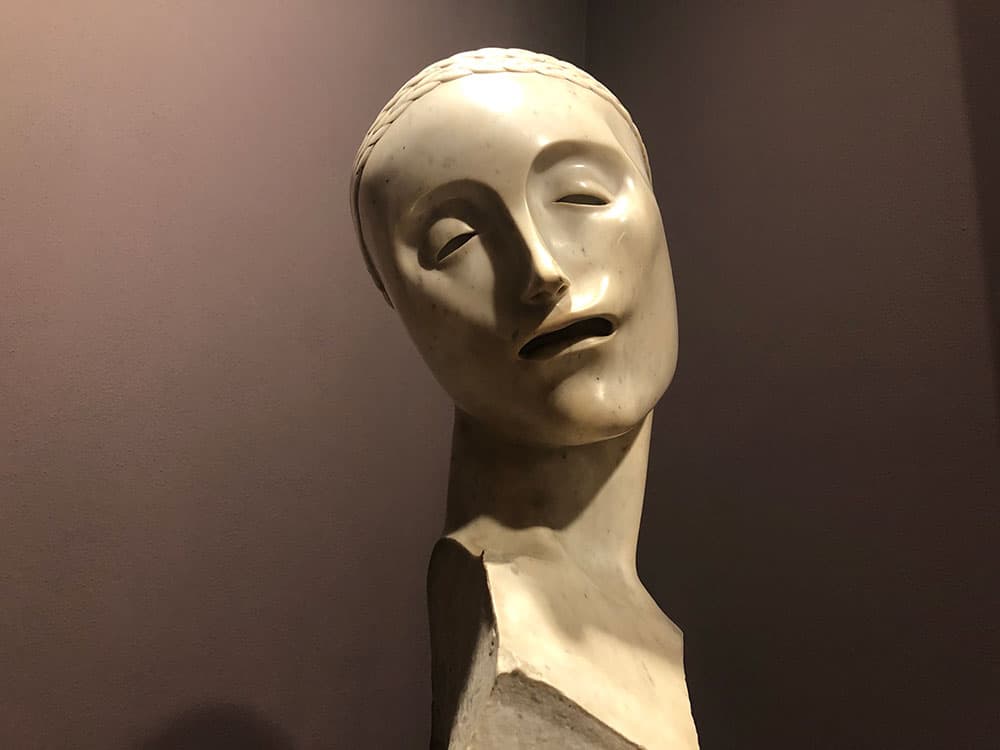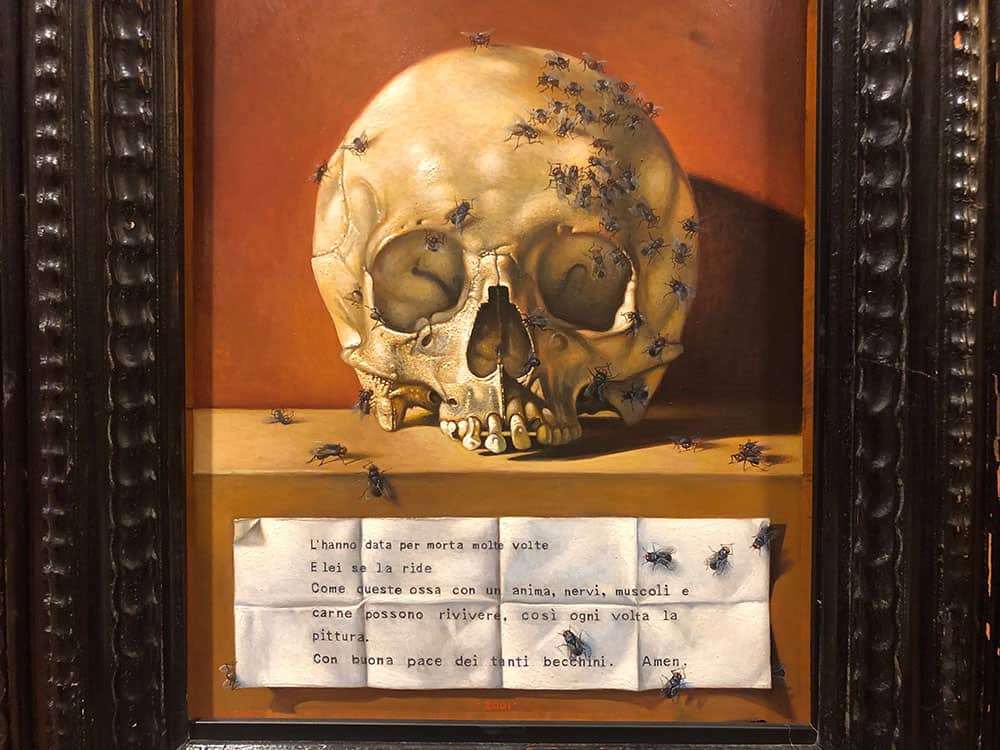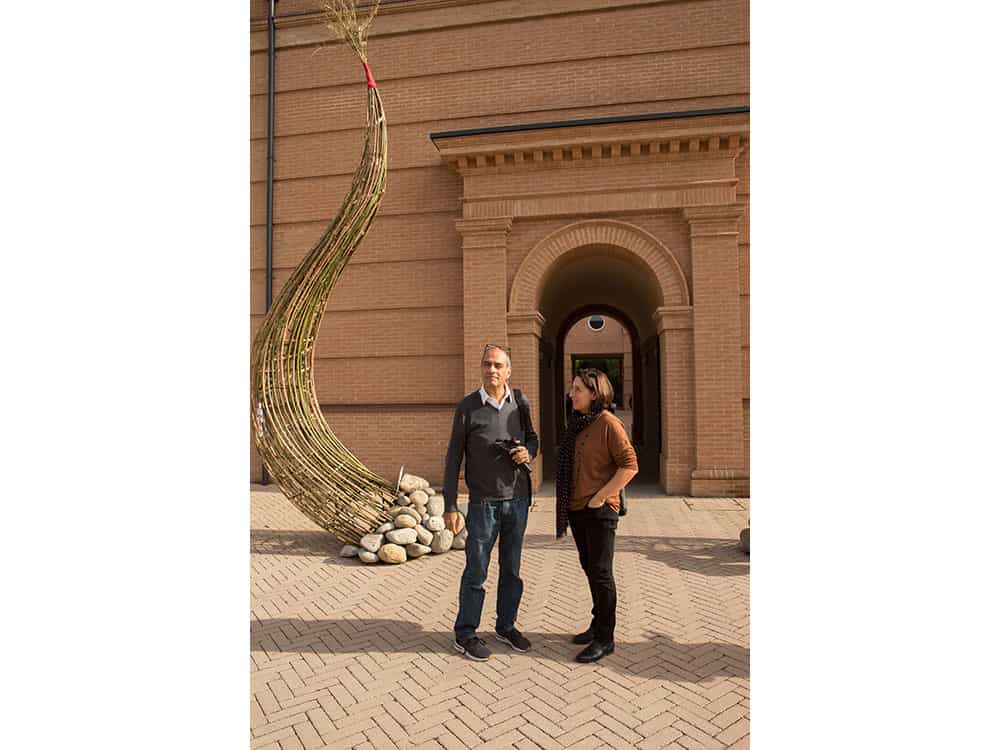What is a maze?
A mysterious place in which we enter and we are not sure to find our way out, a path that makes us lose our orientation, a deception that turns in to a challenge.
The word labyrinth brings with it a feeling of discomfort and loss of our faculties: a labyrinthine path is something unclear, labyrinthitis makes us lose stability because the labyrinth is also that part of the inner ear that performs the function of balance control.
So the word labyrinth could be classified as a threat, a defense system or a test. The labyrinth represents a universal and absolute archetypal idea, the mental itinerary that accompanied humankind in the tortuous path of knowledge, an initiatory journey that leads to the center, or rather to the individual sacred place.
In all ages, in different forms, the labyrinth has been used in its symbolic or ornamental interpretation and has never ceased to intrigue us for its complexity and mysterious beauty, for the aesthetic and esoteric message that its formal tricks propose to us
Greek mythology tells that the first labyrinth was the one built by King Minos on the island of Crete, near the royal palace of Knossos, with the purpose of imprisoning the Minotaur, the king’s stepson, a monstrous being born from the union of Minosse’s wife, Pasiphae, with a white bull, sent as a gift to the king by Poseidon, god of the sea.
Minos was supposed to sacrifice the bull in honor of Poseidon, but he did not: the majestic beast made him greedy and he decided to keep it to create a line of equally powerful animals. Poseidon got mad, (greek Gods often overreacted, as we all know) and to punish him, he made Pasiphae pregnant with the Minotaur, a fierce and frightening creature half man and half bull.
At this point, Minos ordered Daedalus, his court architect, to create a building from which it was impossible to escape. The building had numerous rooms and galleries, intricate routes that made lose orientation to those who walked in.
To feed the Minotaur, Minos ordered that at regular intervals seven boys and seven girls from Athens (a city that at that time were subdued to Crete) were sent to the island to be sacrificed. When it was time to make the third sacrificial expedition, Theseus, Prince of Athens, volunteered to go and kill the monster. When he arrived in Crete, Arianna, Minosse’s daughter, fell in love with him and helped him find his way back out of the maze by giving him a yarn of thread that, unrolled, would allow him to follow his tracks backward. Once he found the Minotaur, Theseus killed him and led the other Athenian boys and girls out of the maze.
This is the legend that surrounds the birth of the concept of a labyrinth and brings us to the location we are taking you today: The Labyrinth of Masone.
In 2015, in the town of Fontanellato, not far from Parma, in the middle of the plain formed by the Pò Valley, the publisher, collector, and graphic designer Enrico Maria Ricci created the largest maze in the world.
Composed entirely of bamboo plants (a total of about 200,000), belonging to about twenty different species, the labyrinth extends on a path of over 3 kilometers.
The bamboo was chosen by the creator of the labyrinth for its qualities of remarkable growth and resistance: being no longer a young man he wanted to be sure to see his work realized in a relatively short time.
In an interview, Franco Maria Ricci recounts that the long-standing concept of building work with this theme originates from a promise he made to his blind Argentine friend and writer Jorge Louis Borges in 1975. (link to interview video)
The structure is divided into a large green labyrinthine area whose path culminates in a raised pyramid that dominates the entire built area where there are both catering spaces and a large gallery where the editorial work of Franco Maria Ricci and his private collection are shown.
The exhibition of art pieces and objects perhaps is a bit different from a traditional collection but it’s certainly very interesting and speaks of the passions and obsessions of its owner.
The collection covers a period ranging from the seventeenth to the twentieth century and boasts small great goodies and surprises that are worth a careful visit.
My advice is to enjoy the path of the labyrinth in a moment of quiet and in solitude (even if the entrance ticket is a little expensive the day we went there the turnout was massive) and then dedicate an hour to browse the FMR glossy magazines published over the years by the publisher and to visit his private collection built not so much on what could impress others but on what intimately aroused his attention.
The editorial adventure of Franco Maria Ricci begins in Parma in 1963. His first book was a work of writing in the literal sense of the word: the subject was the Typographical Manual by Giambattista Bodoni.
Director of the Ducal Stamperia of Parma in the last decades of the eighteenth century, Bodoni was the creator of refined and highly appreciated fonts, famous for their elegance and readability.
Ricci made his debut in the publishing business with a small typographical workshop to produce a facsimile of the Bodoni’s Manual.
A very sophisticated beginning for a young publisher who would dedicate his life to the search for the unusual, an omnivore of beauty, who has managed to find his jewels, like a truffle dog, where few went to look for.
So if you are in the area, please your stomach and your palate with the incredible gastronomy of the area but don’t forget to feed your eye with the utopistic project of a Parma entrepreneur who dared to think outside the box.
Betti
How to get there:
Information: Web Site: labirintodifrancomariaricci.it
Ticket prices: Adults (13-99 years old 18 Euro) Children (6-12 years old 10 Euro) Infants (0 to 6 years old Free)
Open from 9.30am to 6pm Monday to Sunday with the exception of Tuesday when it is closed.
[socialWarfare]

